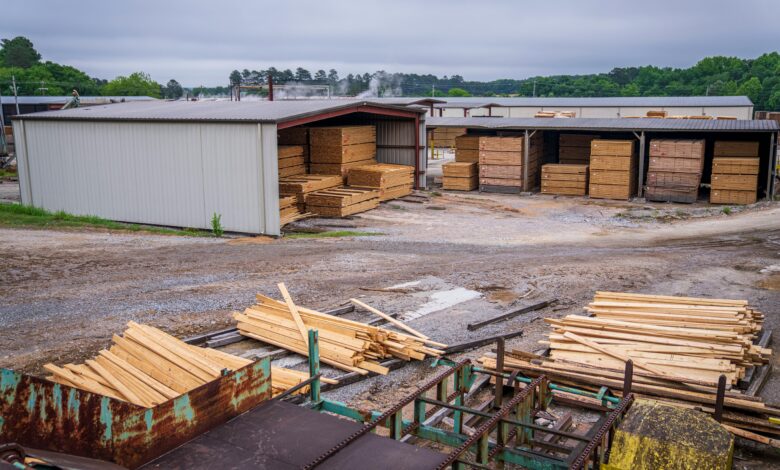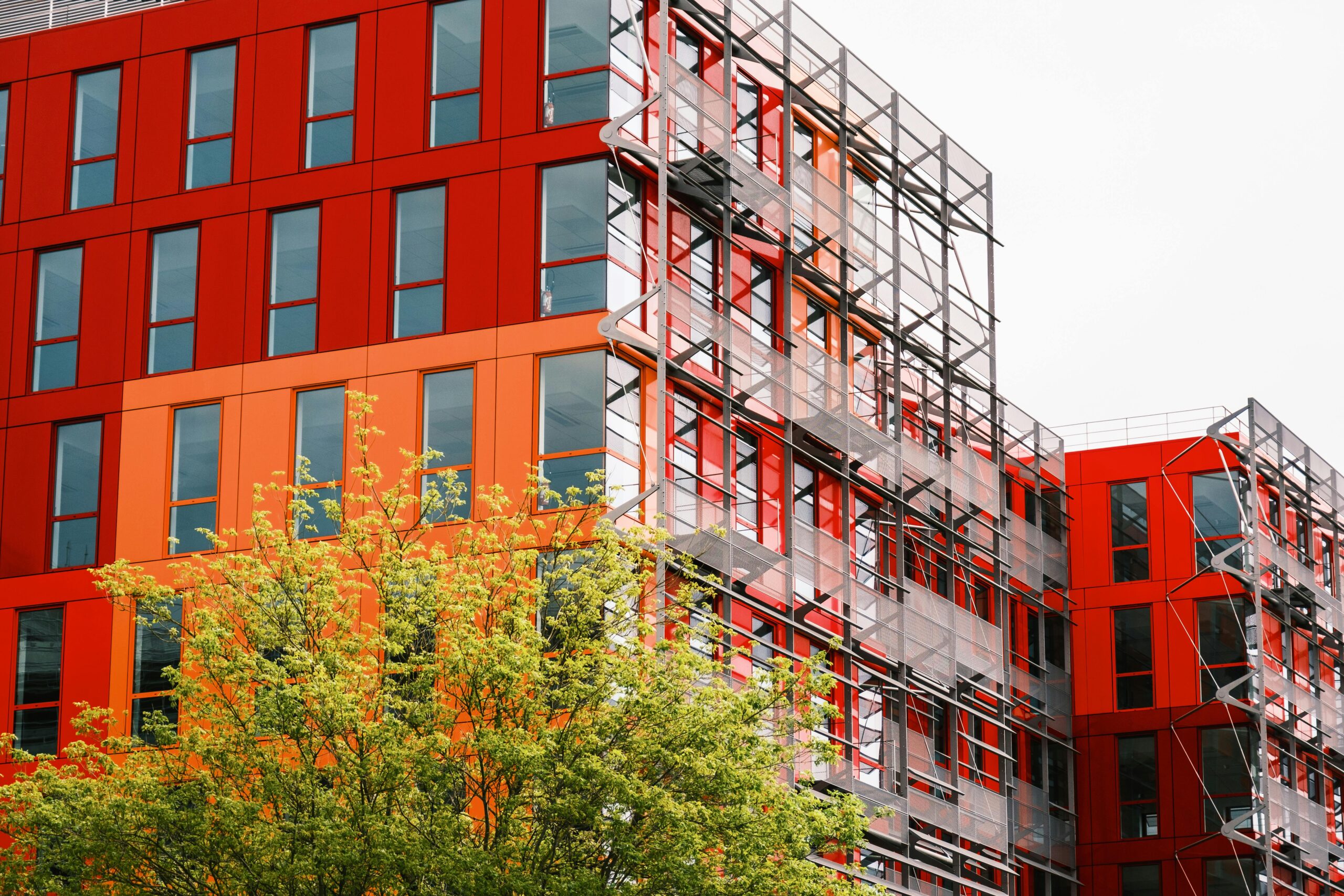Primerem: The Next Generation of Sustainable Construction Materials

Introduction to Primerem Technology
Primerem represents a groundbreaking advancement in construction materials, combining durability with environmental sustainability. This innovative composite material offers superior performance characteristics while addressing the growing demand for eco-friendly building solutions. Unlike traditional materials that often force compromises between strength and sustainability, Primerem delivers exceptional structural integrity with a significantly reduced carbon footprint. Developed through extensive research in material science, this next-gen solution is transforming how architects, engineers, and builders approach construction projects. From high-rise buildings to infrastructure development, Primerem’s unique properties make it an ideal choice for modern construction challenges. This article explores the science behind Primerem, its manufacturing process, key benefits, practical applications, and why it’s becoming the material of choice for forward-thinking construction professionals.
The Science Behind Primerem’s Superior Performance
Primerem’s exceptional qualities stem from its patented nano-structured composition that combines high-performance polymers with mineral reinforcements at the molecular level. The material’s unique architecture creates a perfect balance between flexibility and strength, allowing it to withstand significant structural stresses while maintaining dimensional stability. Advanced testing reveals that Primerem offers compressive strength exceeding traditional concrete by 40% and tensile strength rivaling steel, all while being approximately 60% lighter. Its thermal properties provide natural insulation that reduces energy consumption in buildings, and its acoustic performance surpasses conventional materials by 35%. Perhaps most impressively, Primerem demonstrates self-healing capabilities through micro-crack repair mechanisms activated by environmental factors, significantly extending its lifespan beyond 100 years with minimal maintenance requirements.
Sustainable Manufacturing Process
The production of Primerem sets new standards for environmental responsibility in material manufacturing. Utilizing a closed-loop system, the process recovers and recycles 98% of water and solvents used, while energy consumption is 65% lower than conventional concrete or steel production. Raw materials are carefully selected for their low environmental impact, with up to 30% recycled content in standard formulations. The manufacturing facilities themselves serve as showcases of sustainable design, powered by renewable energy sources and featuring zero-waste production lines. Quality control is maintained through automated systems that monitor every stage of production with precision, ensuring consistent performance while minimizing resource use. This commitment to sustainability extends throughout the supply chain, from responsibly sourced raw materials to efficient logistics that reduce transportation emissions.
Key Advantages Over Traditional Materials
Primerem offers numerous benefits that make it superior to conventional construction materials. Its lightweight nature reduces foundation requirements and enables faster construction timelines, with projects typically completing 30-40% faster than traditional methods. The material’s durability results in lower lifecycle costs, as it resists corrosion, weathering, and biological degradation far better than concrete or steel. From an environmental perspective, buildings using Primerem demonstrate 50-70% reductions in operational energy use due to its exceptional insulation properties. The material’s moldability allows for innovative architectural designs that would be impractical with conventional materials, giving designers unprecedented creative freedom. Additionally, Primerem’s fire resistance exceeds most building codes without requiring toxic chemical treatments, and its production generates minimal construction waste compared to traditional materials.

Practical Applications in Modern Construction
Primerem‘s versatility makes it suitable for nearly every aspect of construction. In high-rise buildings, it enables slimmer structural elements that increase usable floor space while reducing overall weight. Infrastructure projects benefit from its corrosion resistance and durability, particularly in challenging environments like coastal areas or cold climates. Residential construction sees advantages in energy efficiency and construction speed, with entire homes being built in weeks rather than months. The material excels in modular construction, allowing for precision factory production of building components that assemble quickly on-site. Specialized applications include seismic-resistant structures, where Primerem’s flexibility prevents catastrophic failure during earthquakes, and sound-sensitive environments like hospitals and schools, where its acoustic properties create quieter interior spaces. As the technology evolves, new applications continue to emerge across the construction industry.
Frequently Asked Questions About Primerem
1. How does Primerem compare cost-wise to traditional materials?
While initial material costs are higher, total project costs often equal or undercut conventional methods when factoring in labor savings, faster completion times, and long-term energy efficiency.
2. Is Primerem suitable for extreme weather conditions?
Yes, Primerem performs exceptionally in both arctic cold and desert heat, maintaining stability across temperatures from -50°C to 80°C without degradation.
3. Can Primerem be used in historical building restoration?
Absolutely, its compatibility with traditional materials and ability to replicate historical appearances make it ideal for sensitive restoration projects.
4. What’s the expected lifespan of Primerem structures?
Accelerated aging tests predict lifespans exceeding 100 years with proper maintenance, far outlasting conventional construction materials.
5. How does Primerem contribute to green building certifications?
Projects using Primerem typically earn maximum points in material sustainability, energy efficiency, and indoor environmental quality categories of major certification systems.
Conclusion: Building a Sustainable Future with Primerem
As the construction industry faces increasing pressure to reduce its environmental impact while meeting growing infrastructure demands, Primerem emerges as a comprehensive solution that addresses both challenges simultaneously. Its combination of superior performance characteristics and sustainable credentials makes it uniquely positioned to transform how we build our cities and communities. For architects, it offers new creative possibilities; for builders, greater efficiency and reliability; for owners, long-term value and reduced operating costs. Most importantly, Primerem demonstrates that innovation in construction materials can create buildings that are simultaneously more durable, more beautiful, and more environmentally responsible. As adoption grows and the technology continues to evolve, Primerem is poised to redefine global construction standards – primerem.



